No Results Found
The page you requested could not be found. Try refining your search, or use the navigation above to locate the post.
BPM’s Security Solution for programming, BPM.NCRYPT, can utilize your existing HSM, secure server, or any other networked and offline data sources. BPM Microsystems can also provide a turn-key package that is flexible, scalable, and affordable.
Security and the encryption of programmable devices to protect intellectual property and the products in which these devices are used has never been more important than it is today. In fact, customers have been trusting BPWin, BPM’s award-winning Process Software, to provide robust, innovative security solutions for over twenty years.
BPM.NCRYPT leverages 36 years of supporting mission-critical devices along with our proven experience developing and releasing sophisticated security and encryption solutions that meet your unique needs. All of our automated machines are enabled to support MES factory integration with BPWin API and include complex security features, at no additional cost. If you are like us, we believe one size or one solution does not fit all. It starts with a conversation– what do you want to accomplish?
Learn More See Real-World Case Studies
2022 marks the 35th anniversary of the invention of NAND flash memory. NOR Flash memory was invented by Dr. Fujio Masuoka while working for Toshiba in 1984. NOR-based flash has long erase and write times but has a full address/data (memory) interface that allows random access to any location. This makes it suitable for the storage of program code that needs to be infrequently updated, such as a computer’s BIOS or the firmware of set-top boxes. Its endurance is 10,000 to 1,000,000 erase cycles. NOR-based flash was the basis of early flash-based removable media; Compact Flash was originally based on it, though later cards moved to the cheaper NAND flash.
NAND flash was born out of a joint venture with Samsung and Toshiba and followed shortly thereafter. It has faster erase and write times, higher density, lower cost per bit than NOR flash, and ten times the endurance. However, it is most suitable for mass-storage devices such as PC cards and various memory cards because of its sequential write and is less useful for computer memory.
BPM has been around slightly longer than NAND Flash and has developed solutions for some of the particular challenges of programming flash devices. See the Flash white papers below.
SAN JOSE, Calif., February 10, 2022 – What do the MP3 players of the 1990s and today’s smartphones have in common? Neither would exist were it not for NAND flash memory, an innovation whose influence has reverberated throughout the decades. KIOXIA America, Inc. today announced that it has reached a new milestone – 2022 marks the 35th anniversary of the company’s invention of NAND flash memory.
The page you requested could not be found. Try refining your search, or use the navigation above to locate the post.
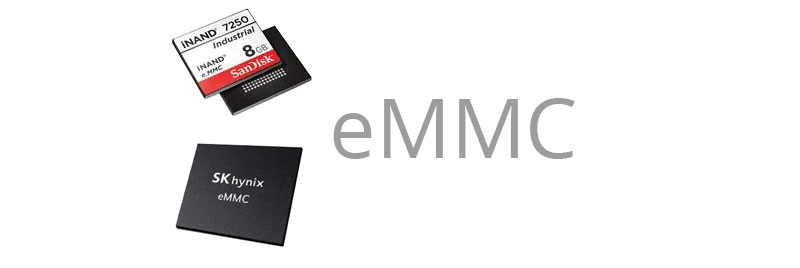
HS400 mode significantly increases programming speeds on eMMC devices, especially compared to other programming modes. HS400 programming mode enables programming eMMC devices at greater speeds (up to 400MB/Second) with improved throughput.
| Manufacturer/Device | Package | 9th Gen | Socket | Purchase Online |
|---|---|---|---|---|
| Hynix Semiconductor H26M41208HPR (HS400) | BGA(153) | Yes | FVE4ASMC153BGJ, FVE4ASMC153BGZ | Yes |
| Hynix Semiconductor H26M41204HPR (HS400) | BGA(153) | Yes | FVE4ASMC153BGJ, FVE4ASMC153BGZ | Yes |
| Kingston EMMC04G-W627-X03U (HS400) | BGA(153) | Yes | FVE4ASML153BGL*, FVE4ASMC153BGJ, FVE4ASMC153BGZ | Yes |
| Micron MTFC4GACAJCN-1M WT (HS400) | BGA(153) | Yes | FVE4ASML153BGL*, FVE4ASMC153BGJ, FVE4ASMC153BGZ | Yes |
| SanDisk SDINBDG4-16G (HS400) | BGA(153) | Yes | FVE4ASMC153BGJ, FVE4ASMC153BGZ | Yes |
| Samsung KLMAG1JETD-B041 (HS400) | BGA(153) | Yes | FVE4ASMC153BGJ, FVE4ASMC153BGZ | Yes |
| Samsung KLM4G1FETE-B041 (HS400) | BGA(153) | Yes | FVE4ASMC153BGR | Yes |
| SkyHigh S40FC004C1B1C0000 (HS400) | BGA(153) | Yes | FVE4ASMC153BGJ, FVE4ASMC153BGZ | Yes |
*HIC Socket (high capacity)
 Hynix Semiconductor H26M41208HPR (8/3/2021)
Hynix Semiconductor H26M41208HPR (8/3/2021)Device Parameters
 Hynix Semiconductor H26M41204HPR (8/3/2021)
Hynix Semiconductor H26M41204HPR (8/3/2021)Device Parameters
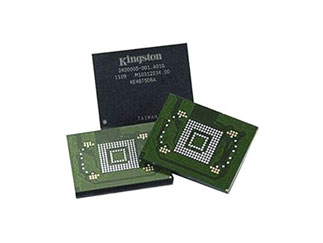 Kingston EMMC04G-W627-X03U (8/3/2021)
Kingston EMMC04G-W627-X03U (8/3/2021)Device Parameters
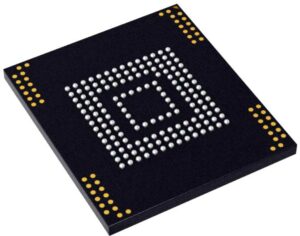 Micron MTFC4GACAJCN-1M WT (8/3/2021)
Micron MTFC4GACAJCN-1M WT (8/3/2021)Device Parameters
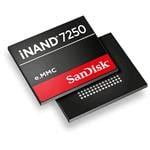 SanDisk SDINBDG4-16G (8/3/2021)
SanDisk SDINBDG4-16G (8/3/2021)Device Parameters
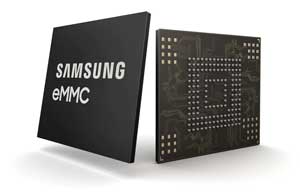 Samsung KLMAG1JETD-B041 (8/3/2021)
Samsung KLMAG1JETD-B041 (8/3/2021)Device Parameters
 Samsung KLM4G1FETE-B041 (8/3/2021)
Samsung KLM4G1FETE-B041 (8/3/2021)Device Parameters
 SkyHigh Memory S40FC004C1B1C0000 (8/3/2021)
SkyHigh Memory S40FC004C1B1C0000 (8/3/2021)Device Parameters
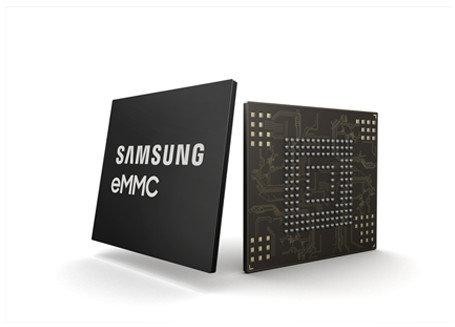
BPM Microsystems have the best programmers, especially when it comes to complex microprocessors and high-density eMMC devices. BPM’s 9th Generation universal programmers offer the fastest flash programming times, as well as the widest universal device coverage, all in a single, universal programming site. With over 40,000 supported devices, there’s no one else that comes close.
eMMC devices have large, complex data patterns (4GB and up) that can be difficult to set up and prone to operator error. Previously, you had to manually load each eMMC data pattern one by one through the buffer loader. Depending on the complexity, this step was repeated three or more times. Each data pattern also required a manual calculation of data offsets, with no way to provide the checksum. As eMMC devices have gotten larger, the technical challenge of the file structure has become more complicated.
That is, until now.
Now, you can use the configuration information (which should be provided with the eMMC device) to streamline your workflow, eliminate errors, and simplify set-ups. Utilizing a Microsoft Excel template, you can easily streamline file formatting by giving you one document to capture the specifics of the eMMC project, and then utilizing parts of it for the automation tool. The template can also be shared with 3rd parties or saved as a historical record of the project specifications.
On average, the eMMC Wizard should only take a few minutes to edit the data template, and about 10 minutes for the tool to create the data pattern. While the file is outputting, the tool automatically calculates the checksums and verifies them on the fly. Multiple checksum options are available from the pull-down in the Excel template. It also replaces the manual calculation for each offset with an automated calculator, reducing the possibility of errors.
In order to use the eMMC File Concatenate Wizard, you’ll need the latest version of BPWin, which can be downloaded here. (If your Software contract is expired, you may need to renew it; contact Inside Sales).
All new eMMC algo development will use a standard template that supports the file Wizard. In some cases, older algorithms will not be compatible. Please enter a Device Support request if you need an update to a legacy algorithm that is not currently compatible with the Wizard. If an algo does not support it (yet), you will be presented with this message:
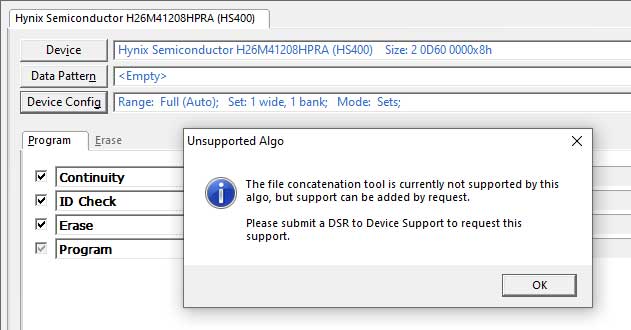
You can submit a device support request here.
In this example, we’ll use a Samsung eMMC with HS400 support. Select the Samsung KLMAG1JETD-B041 device/algo in BPWin. Then navigate to the File Concatenation tool via either the “Device” menu in the BPWin toolbar or by clicking the “Device Config” button, followed by “File Concatenation“.
You will now be asked to select an input configuration file and an output location. Select the output location for your concatenated file.
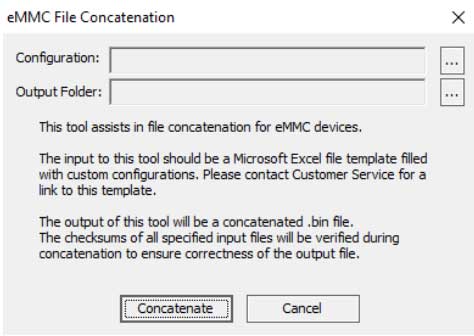
The input will need to be a filled-out Excel sheet, based on the template found here. Fill out the GP_SIZE_MULT_X fields (provided by the semi house), and the list of files, offsets, and checksums below. Don’t forget to select a specific checksum type from the dropdown menu, or the tool will not know how you want the checksum calculated.
Here are some examples of filled-out templates:

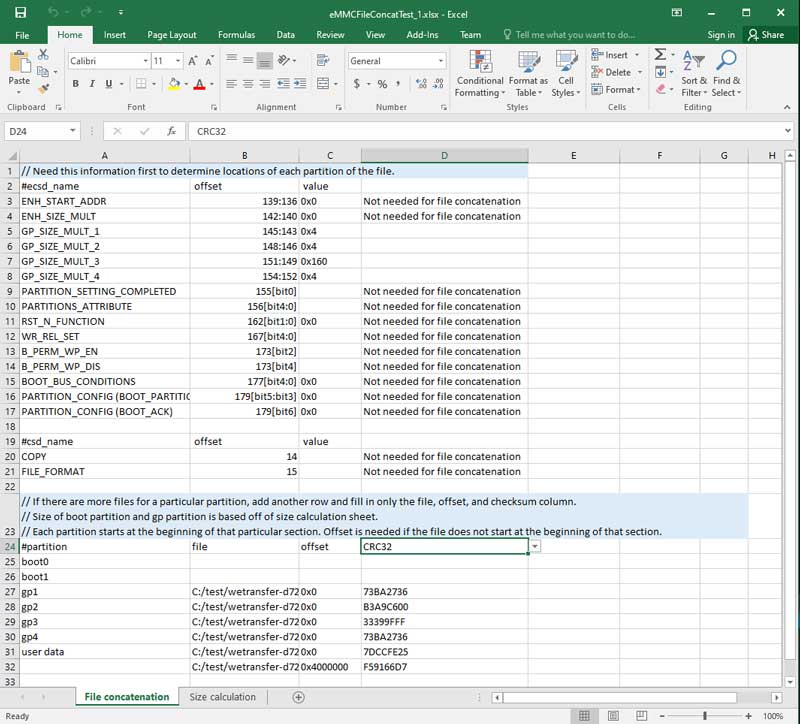
(Since the template requires user-inputted paths to the specified files, you need to ensure that the files are actually located there.)
Once you have selected an input configuration file and output location, click “Concatenate” and wait for the operation to finish. In the end, there should be an “output.bin” file located in the folder you specified earlier.

The green status bar will let you know your file is processing. Depending on file size, this may take several minutes
The concatenate wizard takes a few minutes to finish. If you are utilizing HS200 or HS400, you’ll still need to run the file through the image format tool– navigate via either the “Device” menu in the BPWin toolbar or by clicking the “Device Config” button, followed by “image format“ (remember, this is for HS200/400).

In summation, the eMMC File Wizard makes eMMC programming much easier and faster by walking through the steps to quickly build your files. This ensures quality programming results from first article qualification through production.
The eMMC File Concatenation Wizard is available with BPWin Version 7.0.7 and later. If you have any questions, please reach out to our Technical Support team. If you need to update your software agreement, please contact Inside Sales.

According to the JESD84-B51 standard, eMMC v5.1 supports the following bus speed modes and clock frequencies:
|
Mode |
Data |
I/O Voltage |
Bus Width |
Frequency |
Max. Data Transfer |
| HS400 | Dual |
1.8/1.2 V |
8 |
0-200 MHz |
400 MB/second |
| HS200 |
Single |
1.8/1.2 V |
4, 8 |
0-200 MHz |
200 MB/second |
| High-Speed DDR |
Dual |
3/1.8/1.2 V |
4, 8 |
0-52 MHz |
104 MB/second |
| High-Speed SDR |
Single |
3/1.8/1.2 V |
1, 4, 8 |
0-52 MHz |
52 MB/second |
HS400 mode significantly increases programming speeds on eMMC devices, especially compared to other programming modes. HS400 programming mode enables programming eMMC devices at greater speeds (up to 400MB/Second) with improved throughput.
| Manufacturer/Device | Package | 9th Gen | Socket | Purchase Online |
|---|---|---|---|---|
| SanDisk SDINBDG4-8G (HS400) | BGA(153) | Yes | FVE4ASMC153BGJ | Yes |
| Samsung KLMCG2KCTA-B041000 (HS400) | BGA(153) | Yes | FVE4ASMC153BGJ | Yes |
| Micron MTFC32GAKAEJP-AIT (HS400) | BGA(153) | Yes | FVE4ASMC153BGZ | |
| Micron MTFC32GAKAECN-4M IT (HS400) | BGA(153) | Yes | FVE4ASMC153BGJ | Yes |
| Hynix Semiconductor H26M41208HPRQ (HS400) | BGA(153) | Yes | FVE4ASMC153BGJ | Yes |
| Hynix Semiconductor H26M41208HPRN (HS400) | BGA(153) | Yes | FVE4ASMC153BGJ | Yes |
| Hynix Semiconductor H26M41208HPRI (HS400) | BGA(153) | Yes | FVE4ASMC153BGJ | Yes |
| Hynix Semiconductor H26M41208HPRA (HS400) | BGA(153) | Yes | FVE4ASMC153BGJ | Yes |
 Device Parameters
Device Parameters
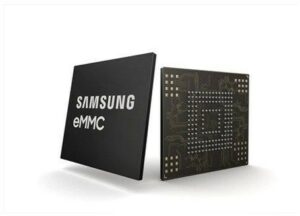 Device Parameters
Device Parameters
 Device Parameters
Device Parameters

Device Parameters
![]() Device Parameters
Device Parameters
![]() Device Parameters
Device Parameters
![]() Device Parameters
Device Parameters
![]() Device Parameters
Device Parameters

BPM is pleased to announce 9th Generation support for the Infineon/Cypress Automotive MCU (Microcontroller) S6J326CLSPSC20000. BPM is the only company among our major competitors (Data I/O, DediProg, Elnec, etc.) that currently provides programming for this device. 9th Gen Programmers from BPM include two manual programmers: 2900 and 2900L; Automated Programmers are the 3901, 28 Socket 3928, & 48 Socket 4910. The Traveo II family is connected-car-ready with a high-performance CPU. Traveo II provides great connectivity capabilities like CAN FD, CXPI, Ethernet, and FlexRay for faster communication and increased data bandwidth.
S6J3200 Series– 32-bit Microcontroller Traveo Family
 The Traveo MCU S6J3200 family features 32-bit RISC microcontrollers with an Arm® Cortex®- R5 core and operates up to 240 MHz. This microcontroller comes with highly efficient 2D/3D graphic engines with advanced feature sets for memory saving, safety, and high image quality to help manufacturers take advantage of the lower overall system costs. It also meets the increasingly high levels of performance and quality that industrial, consumer, and automotive applications demand. In addition, this microcontroller offers support for the Cypress HyperBusTM memory interface, a breakthrough that dramatically improves read performance while reducing the number of pins. This microcontroller comes with Ethernet AVB, CAN-FD, a high-speed communication protocol compatible with the conventional CAN, and Secure Hardware Extension (SHE) as a security function.
The Traveo MCU S6J3200 family features 32-bit RISC microcontrollers with an Arm® Cortex®- R5 core and operates up to 240 MHz. This microcontroller comes with highly efficient 2D/3D graphic engines with advanced feature sets for memory saving, safety, and high image quality to help manufacturers take advantage of the lower overall system costs. It also meets the increasingly high levels of performance and quality that industrial, consumer, and automotive applications demand. In addition, this microcontroller offers support for the Cypress HyperBusTM memory interface, a breakthrough that dramatically improves read performance while reducing the number of pins. This microcontroller comes with Ethernet AVB, CAN-FD, a high-speed communication protocol compatible with the conventional CAN, and Secure Hardware Extension (SHE) as a security function.
Features
IMPORTANT:
As of publication, BPM has the only supported solution for this particular automotive MCU. Cypress devices currently supported by BPM stand at 1,999. Infineon devices currently supported by BPM stand at 203.
| Supported* | Socket | |
| Elnec | No | |
| Data I/O | No | |
| System General | No | |
| Xeltek | No | |
| Dediprog | No | |
| BPM | Yes | FVE2ASM216TQFPA |
*As of publication
9th Generation Site Technology delivers the fastest programming times, 2 to 9 times faster for flash devices. Vector Engine™ Co-processing with BitBlast offers the fastest programming speeds in the industry, vastly increasing throughput for automotive MCUs.
In order to fully take advantage of new device support from BPM Microsystems, you’ll need a version of BPWin after 05/05/2021. New programmers come with one year of software support; if your software contract has lapsed, please contact Inside Sales to take advantage of daily additions and improvements in device support.
Complete Ecosystem
BPM Microsystems has ownership of all designs, manufacturing, and support for all programming sites, robotics, vision systems, and software, so we can provide unmatched support and responsiveness

First major programmer to support Cypress (Infineon) S6J3200 Series– 32-bit Microcontroller Traveo Family S6J326CLSPSC20000 BPM is pleased to announce 9th Generation support for the Infineon/Cypress Automotive MCU (Microcontroller) S6J326CLSPSC20000. BPM is the only...